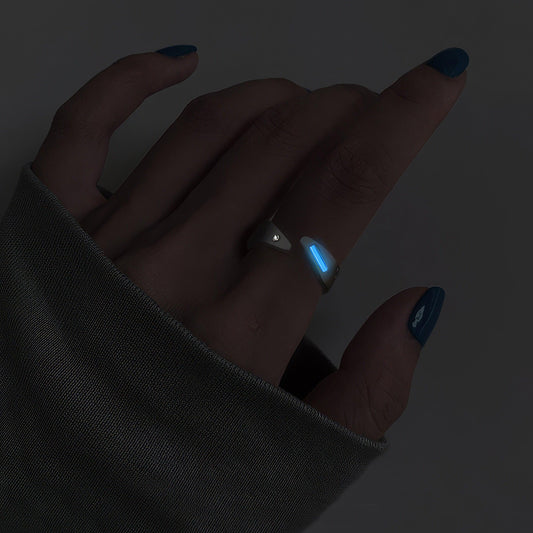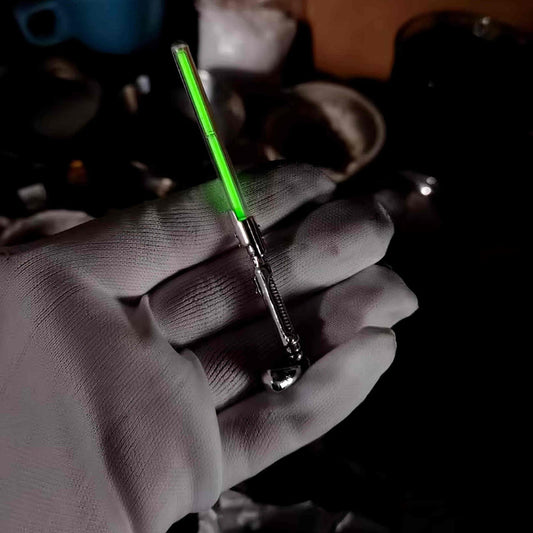Understanding the Moissanite Grading Chart
Understanding the Moissanite Grading Chart
Moissanite—the gemstone that could very well take the crown for "most mistaken for a diamond"—has quickly become a darling in the world of fine jewelry. With its twinkling allure and durability, it's no surprise people want to learn more about it. But if you’ve been shopping for moissanite recently or are considering it for an engagement ring, you might encounter the moissanite grading chart and find yourself with a puzzled look. What exactly does this chart measure? And why does it matter?
Like diamonds, moissanites are graded on a scale, but the criteria are a bit different. The chart takes into account aspects like color, clarity, cut, and carat—dare I say, the four C's of moissanite? Walking through these can feel much like a Saturday stroll through a bustling farmer's market, trying to pick out the juiciest, reddest apple from the heap. The eye is naturally drawn to brightness and perfection, but understanding the underlying quality makes your choice even more satisfying.
Color is the first detail that usually catches one's attention. While diamonds are often judged by how colorless they are, moissanite has a wider spectrum that celebrates different hues. From almost colorless to a spectrum of undertones, the grading here can remind you of the nuanced tones in a sunset—one might see it as purely orange, while another catches flecks of purple or red. Choices in color grading come down to personal preference and style. My sister, who wore a moissanite ring at her wedding last summer, swore by the faint blush tint, saying it reminded her of warm, rosy evenings at the beach.
Clarity examines the internal characteristics, or "inclusions," of the stone. Think of it as finding the perfect Christmas tree; you want one lush and full, but slight imperfections give it character and uniqueness. Moissanite typically boasts fewer of these inclusions, making it naturally eye-clean, and this is one of its key attractions for many buyers.
The cut aspect of the grading chart might be the most fascinating. It determines how the stone captures and reflects light. A well-cut moissanite stone dazzles in the daylight and in the soft glow of candlelit dinners alike. I remember being mesmerized by the scintillation of my mother’s ring as a child—it seemed to hold tiny stars within it, each facet a portal to a universe of sparkle.
Carat, the last of our four, is straightforward in what it measures, but complex in its implications. It relates to the weight and size of the moissanite, yet doesn't tell the entire story of the stone's presence and appeal. Sometimes, a smaller moissanite, with excellent cut and clarity, outshines its larger cousins.
When you're exploring moissanite options, consider the grading chart as a guide, not a rulebook. Much like choosing a favorite book or movie, what speaks to you might not speak to someone else. It's about finding that gem that aligns with your style and the stories you want to tell with it. After all, isn't that what makes any piece of jewelry truly precious?
Getting into the nitty-gritty of this chart gives you a crystal-clear view of moissanite's true potential—and assures you that your choice reflects your own personal, shimmering narrative.



























